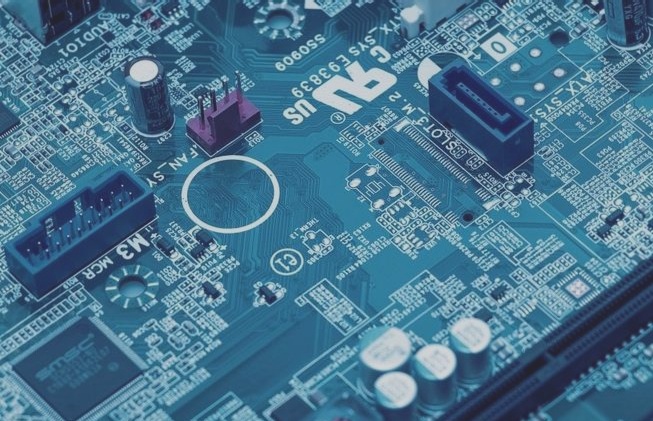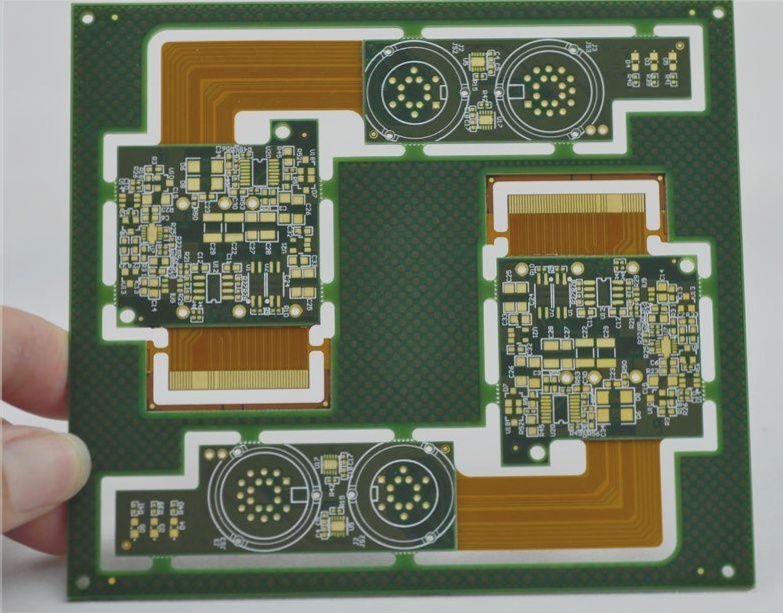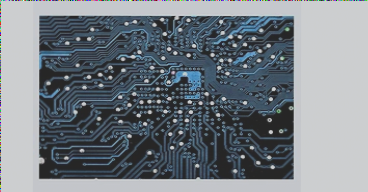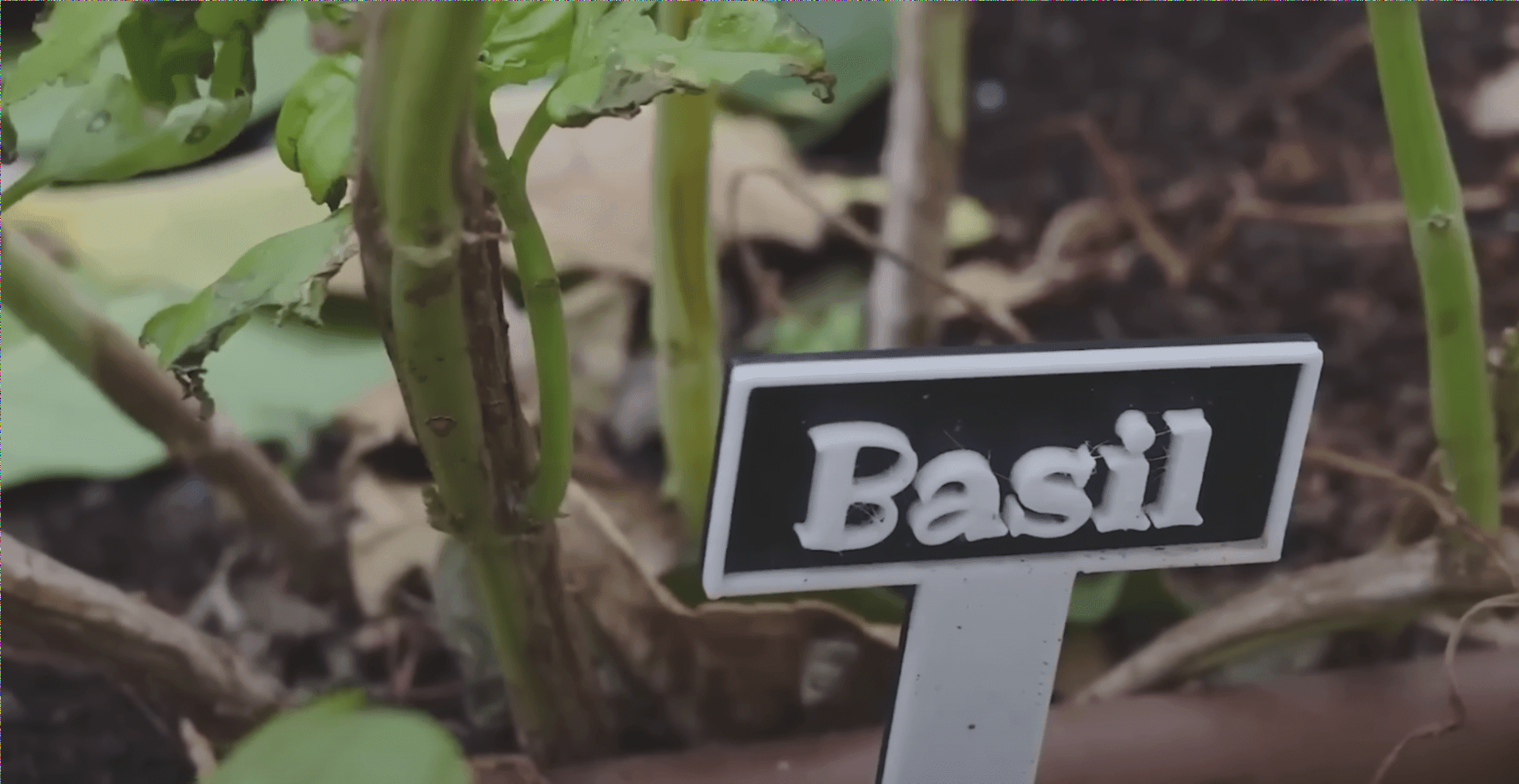Maintaining Etching Equipment for Efficient PCB Production
Proper maintenance of etching equipment is crucial for ensuring a smooth and effective PCB production process. One key aspect is keeping the nozzles clean to maintain unobstructed jet flow. Clogging or slag buildup in the nozzles can lead to uneven etching, potentially damaging the entire PCB.
Regular maintenance involves inspecting and replacing worn-out nozzles, as they are prone to wear and tear. Additionally, addressing slag accumulation in the etching system is essential. Excessive slag buildup can disrupt the chemical balance of the etching solution, leading to further issues.
Slagging can also result from residual film in the etching solution, causing copper salt precipitation. This underscores the importance of thorough film removal processes to prevent slag formation. Incomplete film removal is often linked to issues like edge films or over-plating during earlier processing stages.
Alternative methods in PCB production include using photosensitive film as a resist layer instead of metal coatings. Tin or lead-tin coatings are commonly used for anti-corrosion in etching processes, particularly with ammonia-based etchants. These etchants do not react chemically with the coatings, ensuring efficient etching.
Efforts to improve etching processes include exploring sulfate-based solutions for copper separation and electrolysis. While promising for chlorine-free etching, economic constraints and waste liquid management challenges hinder widespread adoption. The composition of etching solutions and equipment structure significantly impact efficiency and side etching, with specific additives playing a role in reducing side erosion.
Quality control in etching begins long before the PCB reaches the etching machine. Issues can stem from earlier manufacturing stages, emphasizing the interconnected nature of PCB production processes. Understanding and addressing problems early on can prevent issues during the final etching stage, ensuring high-quality PCB production.

The Challenges of Electroplating Printed Circuits
- Electroplated copper and tin thickness should not exceed resist film thickness
- Lateral accumulation leads to residual glue after film stripping
- Incomplete etching due to copper roots can lead to PCB failure
- Dissolution products in etching process can clog equipment
- Ammonia etching requires consistent operational conditions
- High-pressure spray systems and proper nozzle structure are crucial
- Maintaining constant contact between metal surface and fresh etching solution is essential
- Reducing monovalent copper ions in ammonia etching solution can increase etching rate
- Excessive air input can lower pH and reduce etching rate
Research in photochemical etching (PCH) may introduce new methods for PCB industry
Optimizing etching processes can lead to improved quality and production efficiency
Conclusion
Understanding and optimizing chemical and mechanical factors in PCB etching is crucial for successful production outcomes.




